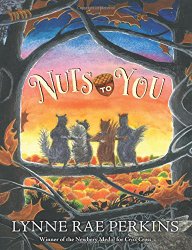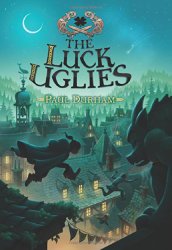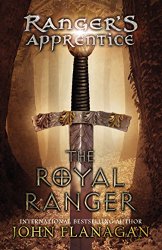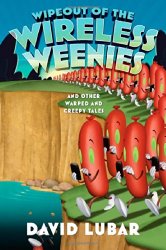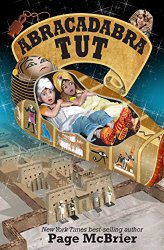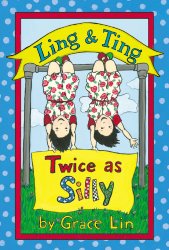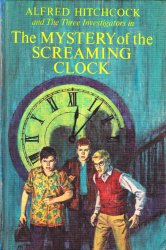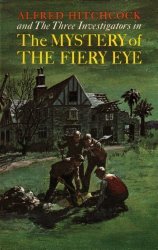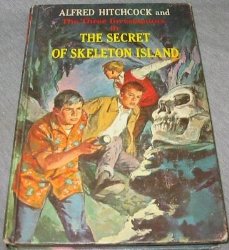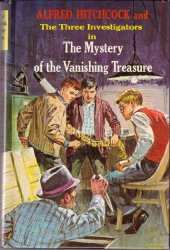Review of Nuts to You, by Lynne Rae Perkins
by Lynne Rae Perkins
Greenwillow Books, 2014. 256 pages.
2014 Cybils Finalist, Speculative Fiction for Elementary/Middle Grade
Nuts to You is a squirrel story. And it’s a friendship story. Supposedly told to the author by a squirrel who enjoyed her peanut butter sandwich, the book has a strong authorial voice that doesn’t get cutesy. With spot illustrations throughout, this is a gentle adventure for young readers, and would make an outstanding family or classroom read-aloud.
Right at the start our hero, the squirrel Jed, gets snatched by a hawk. As he’s flying in the hawk’s talons, he tries to distract the hawk by yelling about mice.
For an instant, the hawk, scanning for mice, eased his grip, ever so slightly.
And in that instant, Jed relaxed his muscles. It was a technique from the ancient squirrel defensive martial art of Hai Tchree, not well known because it doesn’t work most of the time. Because it is so hard to do when your situation is not relaxing.
But Jed concentrated and completely relaxed his muscles — like the great Houdini escaping a straitjacket — and he slipped like water* through the distracted hawk’s talons.
*thick water. Or perhaps like a non-Newtonian fluid. Look it up on YouTube.
However, Jed lands in a realm far from his home. Fortunately for Jed, his best friend, TsTs, is in a treetop, sees the hawk snatch him, and sees him fall, faraway. She sees that he falls near the third giant frozen spider web along the buzzpaths (utility wires). She and another friend, Chai, set out to find Jed.
But where Jed lands, there is a threat to the trees. All the trees near the buzzpaths are getting sawed down with a thunderous roar. Not only do TsTs and Chai need to find Jed, once found, they need to get back home and warn their own colony of squirrels that they need to move. But how can they possibly get squirrels to take a threat seriously?
I can’t get over the idea that this book would be a wonderful first long chapter book to read aloud to a young child who’s ready to listen to a continuing story at bedtimes. There’s adventure and danger, but a happy ending and a need to work together along the way.
LynneRaePerkins.com
harpercollinschildrens.com
Find this review on Sonderbooks at: www.sonderbooks.com/Childrens_Fiction/nuts_to_you.html
Disclosure: I am an Amazon Affiliate, and will earn a small percentage if you order a book on Amazon after clicking through from my site.
Source: This review is based on a library book from Loudoun County Public Library.
Disclaimer: I am a professional librarian, but I maintain my website and blogs on my own time. The views expressed are solely my own, and in no way represent the official views of my employer or of any committee or group of which I am part.
Please use the comments if you’ve read the book and want to discuss spoilers!
